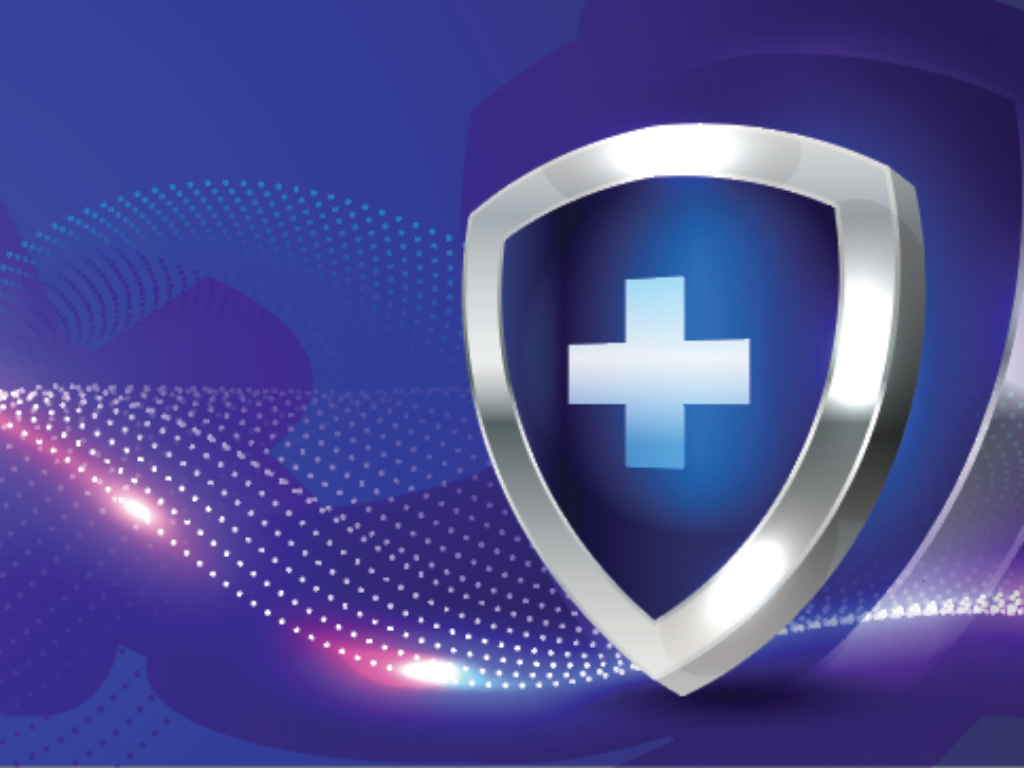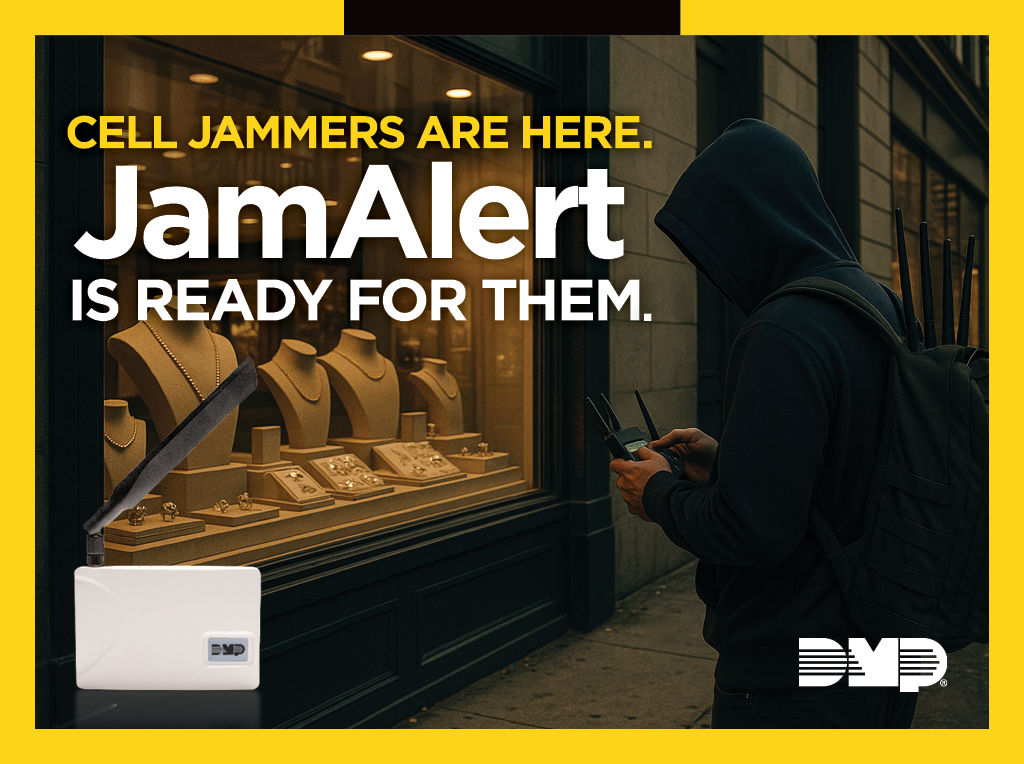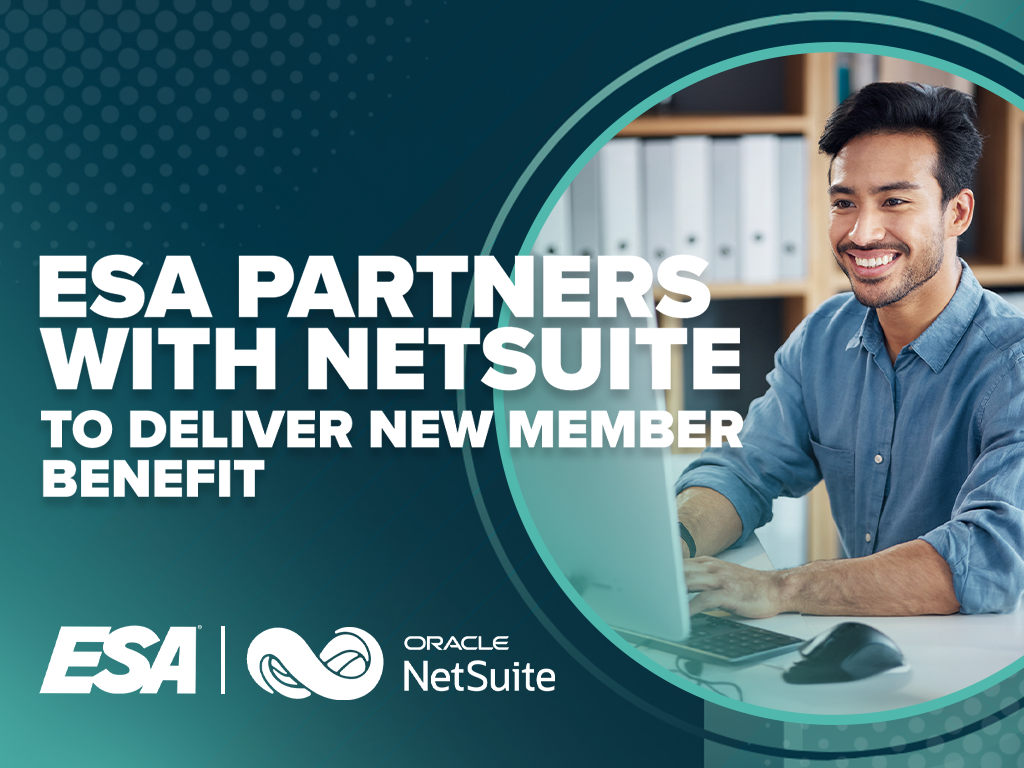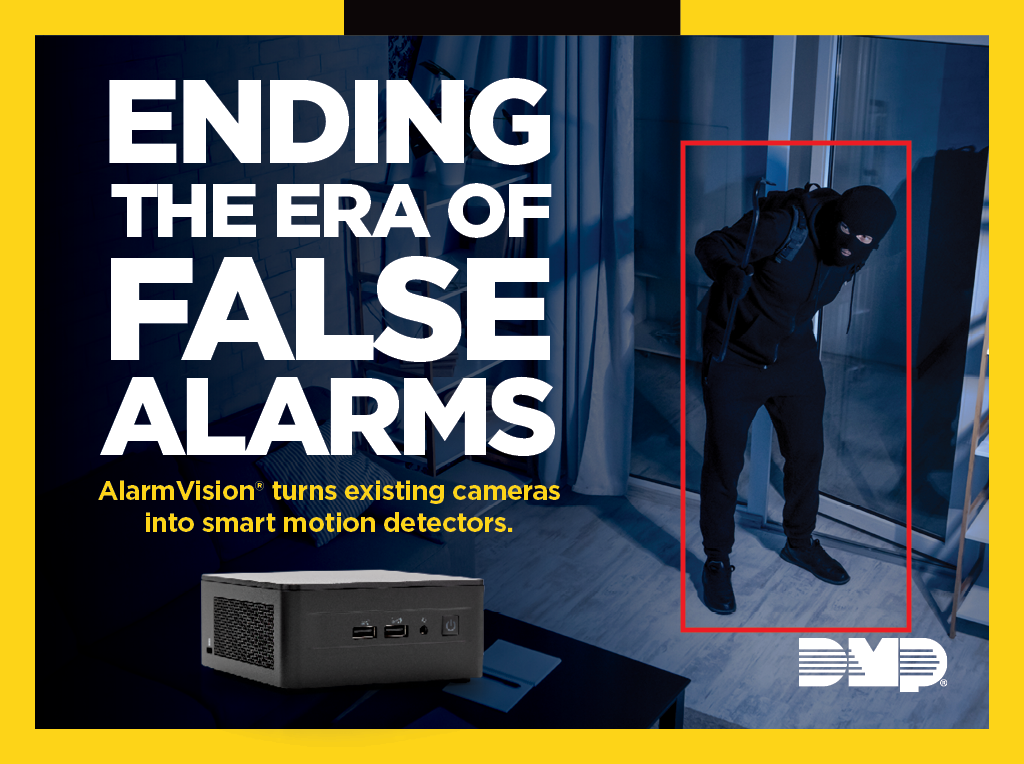Blending Security and Wellness

Overall wellness has seemed to take a sidecar alongside security — keeping people, buildings/facilities, homes, and possessions safe and secure while ensuring a healthy environment. Propelled into existence by COVID’s global pandemic and the aging population, this trend is building momentum within the electronic security and life safety industry as companies are being called to use best–of–breed technologies in new ways to create new solutions and services that offer security and wellness simultaneously. Creativity is flowing, resulting in innovation.
Newly identified trends, such as this, create more opportunities for both commercial and residential integrators, but it is up to individual integrators to embrace them and work them into their business to capitalize.
Daniel Rosales, Sr Director, Technical Services of 2021 ESA Platinum Partner, Telguard, captures the overall essence of knowing, understanding and using newly identified trends.
“I think the basic concept here is that blending security and wellness lends itself to more opportunities for integrators who are willing to expand their offerings,” he says.

What Integrators Need to Understand
Identifying cause-and-effect types of relationships helps people understand the “why,” which empowers reasoning and results in full comprehension of an event or situation. The effect here is the trend — blending security and wellness — which has mainly been caused by two events: a global pandemic and the aging population. Once determined that these all relate, best responses and/or solutions can be created to respond appropriately.
Considering that society, in general, is a touchless, temperature-taking, screening-station, hand-sanitizer-squirting, mask-wearing barrage of people, blending security and wellness brings about a paradigm shift toward more reliance on digital than ever before.
“We are seeing needs and trends shift to contact-free solutions such as digital signage, touchless access control and BYOD (Bring Your Own Device) in conferencing systems,” Clint Choate, SnapAV senior director, Security Market, explains. “As a result of such heavy reliance on networks and connectivity, needs for remote management and monitoring capabilities are becoming even more critical.”
Now at a point within the pandemic that commercial spaces are reopening, some employees are returning, while others are still working from home, morphing more and more residential spaces into places of work. All the while, the aging population, who desires to age in place rather than move to assisted or senior living, continues to grow. All these factors together create a unique situation for the electronic security and life safety industry.
Facility managers, once mainly tasked with keeping their facilities secure and safe, must add overall wellness to ensure people within their spaces stay free from illnesses nor contribute to the spread of them. This opens the door to integrators willing to offer solutions for this blended trend.
“As we begin 2021, security and life safety needs have not gone away or been replaced, so relationships with facility managers are still there,” Rosales says. “The need to have different equipment and/or services as part of the new ‘necessities’ means those dealers that are already providing services to facilities have an opportunity — if they choose to seize it — to expand their service portfolio with built-in leads and generate that much-desired extra revenue.”
Further, reducing and limiting physical human interaction means the use of digital to act as a replacement or bridge to enable interaction between facilities and people and people to people.
“The transition that most office buildings and manned facilities have made toward primarily remote work creates a bigger need for automation and security protocols that require less human interaction,” Rosales says, which aligns with Choate’s mention of networks and connectivity.
When a complication arises, however, timely resolution is essential.
“The ability to resolve an issue before it becomes disruptive to a business is important, especially with the majority of the workforce relying on an increasingly digital work environment,” Choate says, adding that this type of work environment leads to focusing on home office needs, outfitting them with higher quality speakers and microphones, and more robust networking.
Because consumers spend more time at home — working and trying to stay as healthy as possible — and as the population continues to age, increased peace of mind and home comfort and convenience is also desired. The reality is very possible that an end user consumer is working a hybrid schedule — going into the office on certain days, working from home others, all while caring for a senior loved one.
“The desire and need to prioritize loved ones’ comfort [and wellness] in their homes and with the rising costs of assisted living, caretakers often find themselves burdened,” explains Choate. “Integrating wellness into security and home automation can save money by delaying the need for assisted living facilities and provide the independence that our seniors still desire and peace of mind to their loved ones.”
It is easy to see the possibilities of commercial and residential integrators partnering to holistically create a blended ecosystem of security and wellness for end users. When partnering, it is important to focus on reputation and experience.
“There is an opportunity created by COVID-19 that a lot of different manufacturers are taking advantage of by stepping into a new world of health screening,” Rosales informs. “Before getting drawn in by flashy marketing, numerous features or the visuals of modern-looking equipment, it’s important to examine the reliability factor of the manufacturer.”
An example of a security and wellness solution partnership is found between Telguard and the Viralert3 Integrated Human Body Temperature Screening System, manufactured by AMETEK Land, that brings decades of expertise in the field of temperature measurements. When Rosales was looking for temperature screening equipment, he wanted to know if the equipment he was evaluating is a pivot for the manufacturer or an evolution of technology they have been consistently manufacturing.
“The answer is an important one,” says Rosales. “If we treat wellness components as we do security or fire products, we understand that it’s not just about how well the device can perform, but also what type of support you will receive when dealing with those corner cases or when things don’t go as planned.”
Technologies to Consider for Security and Wellness
For the past year and counting, various new wellness-type products have been introduced into the market, but it is the technology behind these products that make them seamlessly integrate into the realm of security and offer new, innovative solutions to end users. Here are some to explore:
Artificial Intelligence (AI)
When hearing the term “AI,” most people immediately think of facial recognition — it is popular and has been a source of contingency regarding privacy making it a well-discussed topic. However, at its core, AI is simply data and algorithms.
“Typically, what’s happening with AI, is you’re running some type of sensor,” Jason Skipper, VP of Software Development of Rekor AI, first time ESA strategic partner, begins to explain, adding that video is common but it could be radar or any other type of sensor. “That data is being piped into essentially a computer algorithm and that algorithm — the typical hallmark of something that’s AI — has been trained to understand this stream of data in some way that’s helpful to us.”
Specific to video, the difficulty is to stream high-quality video to make specific recognitions because of lacking bandwidth.
“The bandwidth is just not there yet,” Skipper says. “There’s always higher density streams waiting to happen. The truth is bandwidth and streams will always kind of chase each other and we’ll never be able to stream the highest quality video possible if you just look at it locally.”
Typically, AI is done in the cloud, however, Rekor chooses the edge.
“I’ve spent many years building algorithms, doing it in a very resource–conscious way so that we can do it with very little processing,” explains Skipper. “Really video is just a stream of images that are really close together. Looking at them at a very low-resolution scale, brings the quality of the image way down because there’s less data to scan. Our proprietary algorithm allows us to find objects in low resolution and then increase the resolution just for one spot where the object was found and take that piece and process it in extreme high quality. We can run on the edge and typically we have better performance because we are able to take advantage of both the high- and low-resolution stream. To process high-resolution, then you need more and more watts on the edge.”
Skipper offers the following food for thought about AI to ponder prior to choosing a solution: “Your AI is only as good as the data that you train it on.”
Automation Platforms
Integration of various devices and with the ability to view these devices on one platform provides opportunities for security and wellness to blend.
“An integrated thermostat, for example, allows caregivers to adjust the temperature of the home remotely,” Choate suggests. “Flood sensors not only detect water and use smart home security systems to trigger communication but will also act to close the water valve to the home, saving tens of thousands of dollars in damage. In commercial environments, touchless access control and occupancy counts will be a critical component to ensuring the safe return of the workforce back to their office environments.”
Cloud
According to first time ESA strategic partner, D-Tools’ CEO, Randy Stearns, cloud solutions are more accessible, approachable, affordable and require less overhead and maintenance.
“Delivering a cloud-based solution enables our customers to access our application from any operating system, browser and/or mobile device, eliminating the need for in-house servers and IT professionals, and provides a fresh and intuitive interface that leverages familiar gestures and icons,” Stearns explains.
Because updates can be released without months of wait time when using the cloud, a security and wellness solution operating in a cloud environment could always be up to date.
Case in point, “our cloud-enabled solution allows D-Tools to operate in an agile development environment so exciting new features and enhancements can be released every week or two instead of customers having to wait months for a major release.”
Fire Communicators and Central Stations
When Rosales thinks of security and wellness, the minimum goal is preservation of life, and fire safety is all about life safety, so promoting health and wellness is a natural fit that integrates into this concept.
Fire communicators are simply a vehicle for transmitting signals to a monitoring central station and Telguard uses cellular technology to consistently supervise that connection. Specific protocols could be established with the station to provide integration.
“If an integrator is monitoring access into a building based on specific requirements, why not enhance the process to require an automated health screening, for example? It is the ability to find integrations into processes that already exist that facilitates the wellness aspect alongside security and fire safety.”
Lighting and Sensors
Effective lighting and lighting control is another avenue that could be incorporated into security and wellness offerings.
“In addition to simulating occupancy, lighting automation can assist in breaking everyday patters that would-be criminals might sense,” Choate says.
An application to consider is having control over an aging loved one’s home lighting, so that when the loved one leaves their home, their lighting patterns can be changed at any time to simulate someone physically being there to help thwart potential crimes. Sensors could also be installed so that when a loved one enters different rooms of their homes, lights automatically turn on to prevent falls as well as turn off should loved ones forget.
“At the end of the day, end customers like knowing they have options, especially when those options can provide cost-saving solutions,” Choate wraps up.




